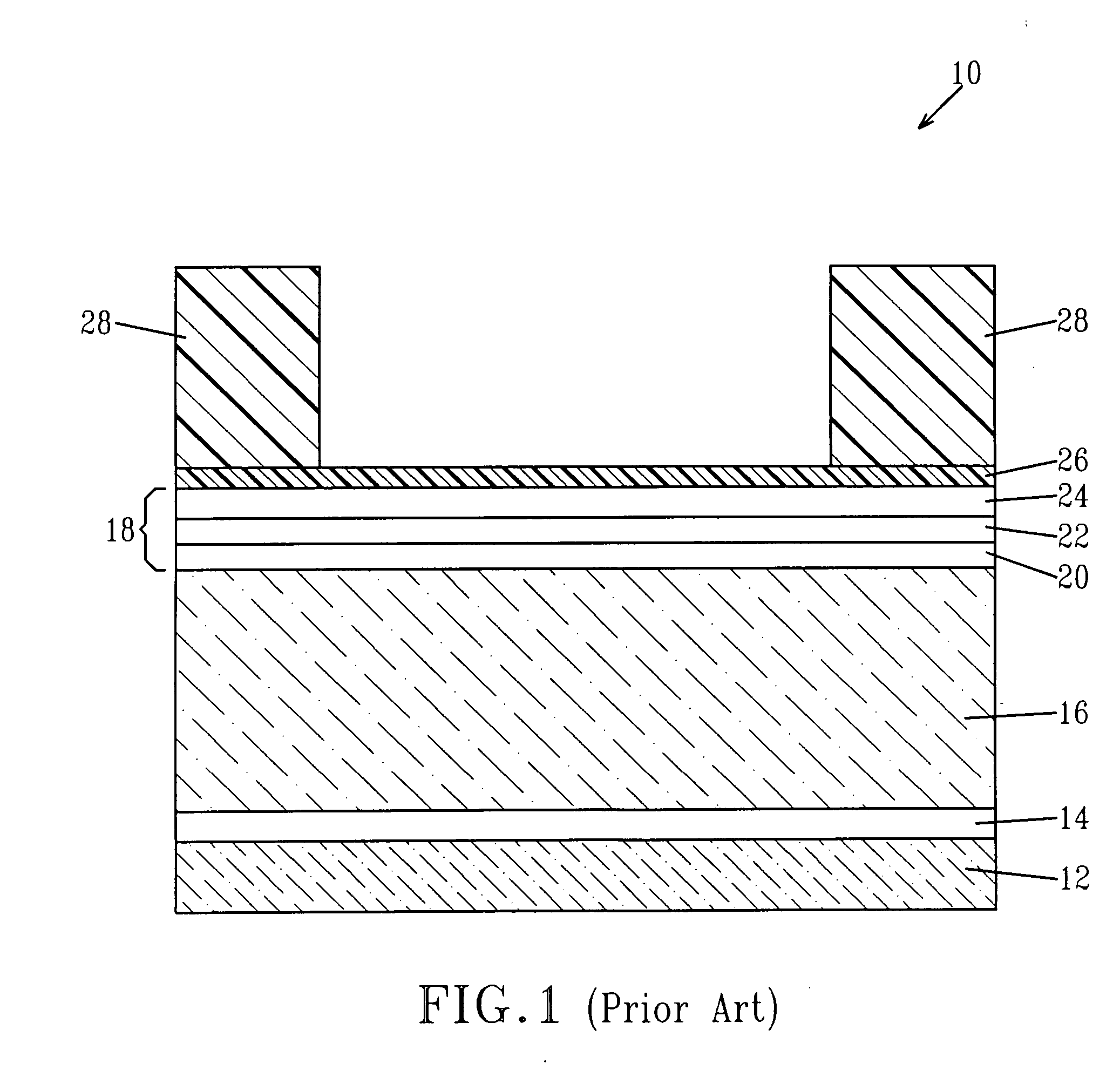Multilayer hardmask scheme for damage-free dual damascene processing of SiCOH dielectrics
a dielectric and damage-free technology, applied in the field of integrated circuits, can solve the problems of increasing the number of integrated circuits, ash-induced modification, and affecting the efficiency of the routing of these signals across the device, so as to facilitate the creation of the dual damascene structure, improve performance, reliability, and function
- Summary
- Abstract
- Description
- Claims
- Application Information
AI Technical Summary
Benefits of technology
Problems solved by technology
Method used
Image
Examples
Embodiment Construction
[0038] The present invention, which provides a multilayer hardmask technique for damage-free processing of OSG ILDs, will now be described in greater detail by referring to the drawings that accompany the present application. The drawings are provided herein for illustrative purposes and thus they are not drawn to scale.
[0039] The present invention which is directed to an interconnect structure useful for forming a semiconductor device, is such that a multilayer hardmask stack integration scheme is utilized to fabricate conductive / low-k interconnect structures of negligible plasma-induced dielectric modification and a substantial dual damascene process window. The interconnect structure of the present invention offers improved performance, reliability, and functionality. The integration scheme is such that an alternating hardmask stack scheme is employed including inorganic and organic type layers. Such a scheme in which the dual damascene process flow commences with definition of ...
PUM
| Property | Measurement | Unit |
|---|---|---|
| dielectric constant | aaaaa | aaaaa |
| dielectric constant | aaaaa | aaaaa |
| dielectric constant | aaaaa | aaaaa |
Abstract
Description
Claims
Application Information
 Login to View More
Login to View More - R&D
- Intellectual Property
- Life Sciences
- Materials
- Tech Scout
- Unparalleled Data Quality
- Higher Quality Content
- 60% Fewer Hallucinations
Browse by: Latest US Patents, China's latest patents, Technical Efficacy Thesaurus, Application Domain, Technology Topic, Popular Technical Reports.
© 2025 PatSnap. All rights reserved.Legal|Privacy policy|Modern Slavery Act Transparency Statement|Sitemap|About US| Contact US: help@patsnap.com



